Hey there! Welcome to the ultimate guide to aardvarks. If you’re curious about these fascinating creatures and want to learn everything there is to know about them, you’ve come to the right place! In this guide, we’ll dive deep into aardvark species, habitat, diet, adaptations, behavior, and more. Let’s get started on this exciting journey of discovery!
Key Takeaways:
- Aardvarks, also known as Orycteropus afer, are nocturnal mammals native to Africa.
- They have a unique appearance with a long snout, sharp claws, and thick skin.
- Aardvarks prefer habitats with loose, sandy soil, and are found throughout Africa.
- They primarily feed on ants and termites, consuming up to 50,000 insects in a single night.
- Aardvarks face threats from habitat loss and hunting, making conservation efforts essential for their survival.
The Role of Aardvarks in Ecosystems
Aardvarks play a critical role in maintaining the health of the soil and ecosystem. Their ability to dig burrows helps aerate the soil and increases water infiltration. These burrows provide shelter for other animals and can be used by various species even after aardvarks vacate them. Furthermore, aardvarks’ diet of ants and termites helps control insect populations.
Aardvark Burrows: A Hidden Haven for Wildlife
Aardvark burrows are not just simple holes in the ground. They serve as miniature ecosystems, providing refuge and protection for a variety of animals. These underground chambers offer a safe haven from predators, extreme temperatures, and harsh weather conditions. Species such as warthogs, porcupines, and bat colonies often inhabit aardvark burrows, benefiting from the aardvarks’ construction skills.
“Aardvark burrows act as nature’s guesthouses, accommodating numerous species long after the aardvarks themselves move on. It’s truly a testament to their impact on the ecosystem.”– Wildlife Biologist, Dr. Jane Williams
Aardvark Diet: Balancing Insect Populations
The aardvark’s diet primarily consists of ants and termites, making them essential insectivores in their ecosystem. Their insatiable appetite for these tiny creatures helps control their populations, preventing potential ecosystem imbalances caused by unchecked insect growth. The ecological significance of aardvarks as insect controllers cannot be overstated, as they contribute to the overall balance of the food chain and the health of the ecosystem.
| Insect | Typical Aardvark Consumption |
|---|---|
| Ants | Up to 50,000 ants in a single night |
| Termites | Large termite mounds devoured in no time |
Careers Working with Aardvarks
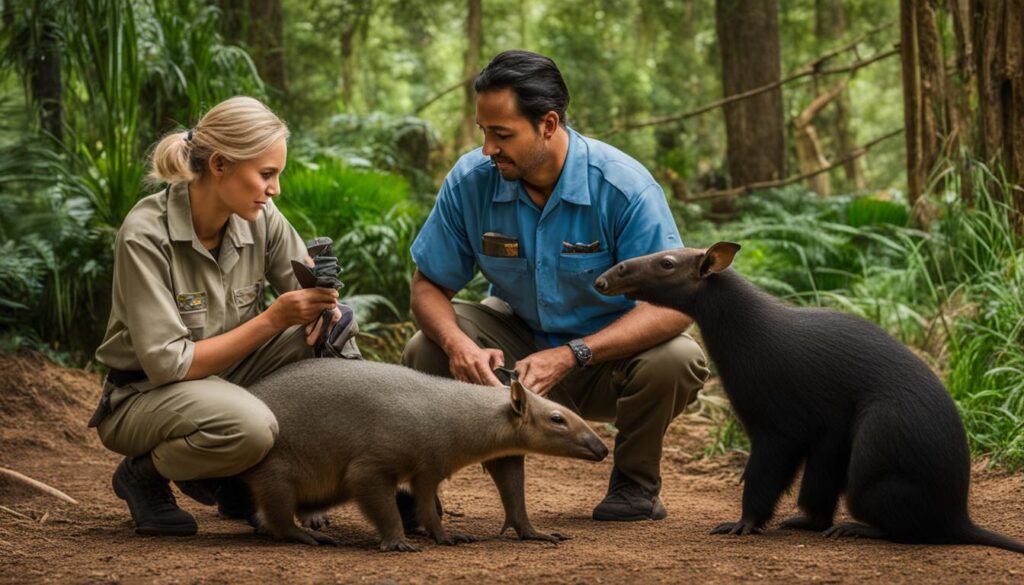
Working with aardvarks offers a world of exciting and rewarding career opportunities. Whether you have a passion for wildlife conservation, veterinary medicine, photography, or education, there are various paths you can pursue in the field of aardvark-related professions.
Wildlife Biologist
As a wildlife biologist, you’ll have the chance to study aardvark behavior, populations, and their role in ecosystems. You’ll conduct research, collect data, and work towards conservation efforts to protect these incredible creatures.
Veterinarian
For those interested in animal health and medicine, becoming a veterinarian specializing in wildlife medicine could be the ideal career choice. You’ll provide medical care and treatment to aardvarks in both captivity and the wild, ensuring their well-being and contributing to their overall conservation.
Zookeeper
If you enjoy working hands-on with animals, becoming a zookeeper responsible for the care and welfare of aardvarks could be a fulfilling role. You’ll provide daily care, create enriching environments, and educate the public about these unique creatures.
Wildlife Photographer
As a wildlife photographer, you’ll have the incredible opportunity to capture captivating images of aardvarks in their natural habitat. Through your lens, you’ll document their behavior, interactions, and the unique beauty of these elusive creatures. Your work can help raise awareness and generate support for aardvark conservation.
Field Guide
For those with a passion for adventure and sharing knowledge with others, becoming a field guide can be an ideal career. As a guide, you’ll lead ecotourists on nature expeditions, providing insights into aardvark behavior, ecology, and their vital role in the ecosystem.
Anti-Poaching Ranger
As an anti-poaching ranger, you’ll play a crucial role in protecting aardvarks and other wildlife from illegal hunting and poaching activities. Your expertise in tracking, monitoring, and law enforcement will help preserve aardvark populations and combat wildlife crime.
Online Publication Editor
If you have a passion for writing and digital media, consider a career as an online publication editor specializing in aardvark-related content. You’ll curate articles, research papers, and educational materials, disseminating valuable information and raising awareness about aardvark conservation issues.
No matter which career path you choose, working with aardvarks offers the chance to make a meaningful impact on their conservation and ensure the preservation of their natural habitats for future generations.
Essential Skills for Working with Aardvarks
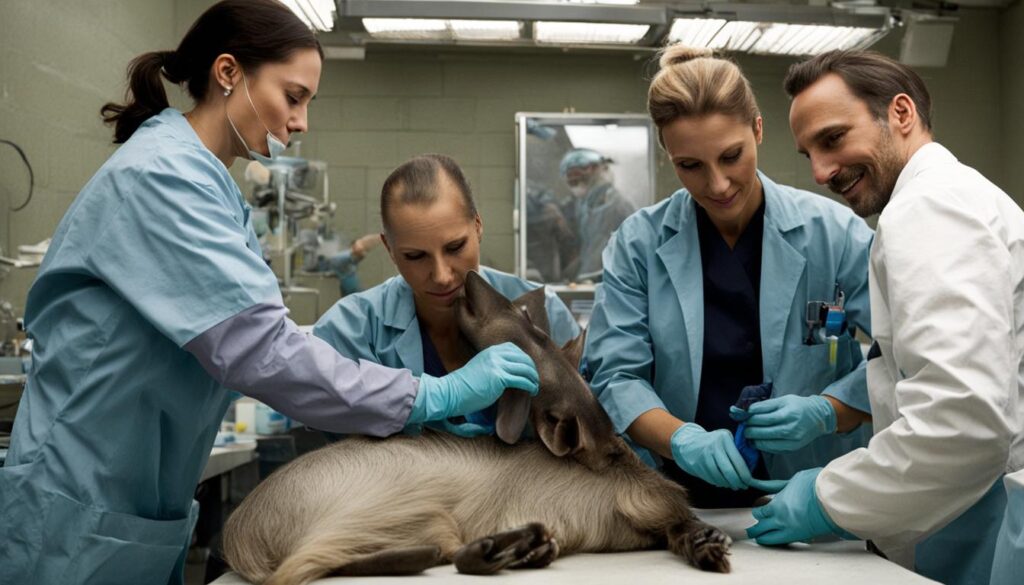
Working with aardvarks requires a diverse set of skills and knowledge. As professionals in this field, we need to have a deep understanding of aardvark biology, behavior, and habitat. This knowledge enables us to provide the best care and support for these unique creatures.
Animal Handling and Care: Aardvarks are fascinating, yet delicate animals. It is vital to possess excellent animal handling and care skills to ensure their well-being. From safely capturing and transporting them to providing proper nutrition and health care, our expertise in animal handling is essential.
Observation and Monitoring Skills: To assess the health and behavior of aardvarks, keen observation and monitoring skills are indispensable. Being able to detect any changes in their habits, physical condition, or interactions allows us to address potential issues promptly and effectively.
Communication Skills:
“Good communication is the key to successful collaboration.”
Collaboration with colleagues and veterinarians is crucial when working with aardvarks. Effective communication ensures efficient teamwork and enhances the overall quality of care provided to these animals. Sharing information, discussing observations and concerns, and coordinating efforts are essential for their well-being.
Problem-Solving Skills:
“Every challenge is an opportunity to learn and grow.”
When working with aardvarks, we face various challenges that require problem-solving skills. Whether it’s creating enriching environments, developing innovative feeding strategies, or addressing health issues, our ability to think critically and find solutions is vital.
Patience and Empathy: Aardvarks can be shy and sensitive creatures. It’s crucial for professionals working with these animals to possess patience and empathy. Understanding their individual needs and providing a calm and nurturing environment fosters a positive connection with aardvarks, leading to better outcomes in their care and well-being.
Equipment Used in Working with Aardvarks
When it comes to working with aardvarks, having the right equipment is essential. The specific gear used depends on the career and tasks at hand. Here are some examples of the essential equipment used in working with aardvarks:
Aardvark Tracking Equipment
Tracking aardvarks’ movements is crucial for research and conservation efforts. Researchers often use high-tech tracking devices such as radio collars or GPS devices. These devices allow scientists to monitor the behavior, movement patterns, and habitat preferences of aardvarks.
Camera Traps
To gain valuable insights into aardvark behavior and population dynamics, camera traps are frequently employed. These devices capture images of aardvarks in their natural habitat, providing researchers with valuable data. Camera traps serve as a non-invasive method for observing aardvarks, allowing researchers to study their behavior without disrupting their natural routines.
Handling and Restraint Equipment
When it becomes necessary to handle and restrain aardvarks, the safety of both the animals and the handlers is of utmost importance. The handling and restraint equipment used may include capture nets and gloves, which ensure that the process is carried out safely and with minimal stress for the aardvarks.
Having the right equipment is essential for the successful study, conservation, and care of aardvarks. Whether it’s tracking their movements, capturing valuable images, or ensuring safe handling, these tools enable professionals to gain important insights into the lives of these fascinating creatures.
| Equipment | Usage |
|---|---|
| Aardvark Tracking Equipment (e.g., radio collars, GPS devices) | Tracks aardvarks’ movements and provides data on their behavior and habitat preferences. |
| Camera Traps | Captures images of aardvarks in their natural habitat for research and conservation purposes. |
| Handling and Restraint Equipment (e.g., capture nets, gloves) | Ensures safe handling and restraint of aardvarks when necessary. |
Steps to Secure a Career Working with Aardvarks
Securing a career working with aardvarks requires several important steps. It starts with self-reflection, identifying values, interests, and strengths.
Next, extensive research on different careers in aardvark-related fields helps to make well-informed decisions. Understanding the qualifications, job responsibilities, and potential growth opportunities is crucial for career guidance working with aardvarks.
After researching, it’s time to explore post-school options. Consider pursuing further education in wildlife biology, conservation, or veterinary medicine to gain specialized knowledge and skills. Alternatively, starting a business centered around aardvark conservation could also be a viable choice.
Seeking guidance is essential throughout the journey. Connecting with professionals already working with aardvarks, such as wildlife biologists, veterinarians, or zookeepers, can provide valuable insights and mentorship. Attending conferences or joining professional organizations dedicated to aardvark conservation is a great way to network and learn from experts in the field.
Finally, taking action is key. Gain hands-on experience by volunteering at wildlife rehabilitation centers, zoos, or research institutions. This will help develop practical skills in handling and caring for animals. Additionally, participating in field research projects focused on aardvark behavior and ecology can provide valuable field experience.
Remember, a career working with aardvarks requires dedication, passion, and continuous learning. By following these steps – self-reflection, research, exploring options, seeking guidance, and taking action – you can pave the way to a fulfilling and rewarding career in the fascinating world of aardvarks.
Keystone Species and Habitat of Aardvarks
Aardvarks, also known as Orycteropus afer, play a crucial role as keystone species in balancing ecosystems. Their unique characteristics and behaviors contribute to the overall health and diversity of their habitats.
One notable aspect of aardvarks’ ecological importance is their role in creating burrows. These burrows not only serve as shelters for aardvarks but also provide refuge for various other species. Animals such as warthogs, bats, and reptiles often utilize aardvark burrows to seek protection from predators and extreme environmental conditions.
“Aardvarks, with their exceptional burrowing capabilities, have a significant impact on the overall health of the soil and ecosystem.”
The burrowing behavior of aardvarks helps maintain soil health and promotes biodiversity in their habitats. The soil disturbance caused by aardvarks contributes to increased water infiltration and aeration, which benefits plant growth and nutrient cycling. This, in turn, supports the presence of diverse plant and animal species.
Aardvarks have a vast distribution across sub-Saharan Africa, inhabiting various ecosystem types. They are commonly found in grasslands, bushlands, savannahs, and woodlands, adapting to different environmental conditions. However, they tend to avoid swamps, lowlands, and rocky areas that impede their burrowing abilities.
Diet and Interaction with Humans
Aardvarks have a unique and specialized diet that primarily consists of ants and termites. In fact, these fascinating creatures can consume up to 50,000 insects in a single night! Such a voracious appetite allows aardvarks to play a crucial role in controlling insect populations and maintaining the balance of their ecosystem.
In addition to ants and termites, aardvarks also supplement their diet with the aardvark cucumber, a plant that holds great importance within their ecosystem. While the exact reasons for consuming this cucumber are not fully understood, it is believed to provide essential nutrients or aid in digestion.
Despite their intriguing dietary habits, aardvarks typically avoid direct interactions with humans. Their nocturnal nature and preference for undisturbed habitats make it rare for encounters to occur. However, the stability of aardvark populations can still be affected by human activities.
“As aardvarks rely on insects as their main food source, any disruption or collapse of insect populations can have a significant impact on their numbers.”
Increasing pollution levels and the effects of climate change are major concerns. These factors have the potential to disrupt insect populations globally, which in turn can result in a decline in aardvark numbers. To ensure the conservation of aardvarks and their role in maintaining ecosystem balance, it is crucial to address these environmental challenges and prioritize their protection.
Aardvark Diet Overview
| Diet Component | Details |
|---|---|
| Primary Food Source | Ants and termites |
| Additional Food Source | Aardvark cucumber |
| Daily Consumption | Up to 50,000 insects |
| Importance to Ecosystem | Controls insect populations, maintains ecosystem balance |
Conclusion
Aardvarks are fascinating creatures that play a vital role in African ecosystems. Their unique adaptations and behaviors make them worthy of study and conservation efforts.
Working with aardvarks offers a variety of rewarding career options, and professionals require specific skills and knowledge in their chosen field. Whether it’s becoming a wildlife biologist, veterinarian, zookeeper, wildlife photographer, field guide, anti-poaching ranger, or online publication editor, there are numerous ways to contribute to the protection and preservation of these incredible animals.
Protecting aardvarks and their habitats is essential for maintaining the balance of ecosystems and ensuring their survival for generations to come. By understanding their biology, behavior, and habitat, we can develop effective conservation strategies. Together, we can safeguard aardvarks and the fragile ecosystems they inhabit, allowing future generations to admire their beauty and importance.
References
- The AfriCat Foundation – This organization conducts research on the impact of climate change on free-ranging Aardvarks within the Okonjima Nature Reserve. You can visit their website at africat.org.
- African Wildlife Foundation – This organization works to conserve the Aardvark species by protecting their habitats and reducing human encroachment and hunting. You can visit their website at awf.org.
- Animal Diversity Web – This organization provides information on the Aardvark species, including their habitat, behavior, and conservation status. You can visit their website at animaldiversity.org
Please also check out other articles on our website like
Siberian Husky 101: A Comprehensive Guide for First-Time Owners
The Ultimate Tibetan Mastiff Dog: History, Characteristics, and Care Tips (2023-24)
Papillon Dog: Everything You Must Know Before You Own One (2023-24)
The Ultimate Tibetan Mastiff Dog: History, Characteristics, and Care Tips (2023-24)
The Catahoula Leopard Dog: A Ultimate Guide 2023 – 24.
Maremma Sheepdog: A Loyal and Fearless Guardian of Livestock 2023
The Mighty Kangal Shepherd Dog: History, Characteristics and Care Guide.
Portuguese Water Dog: The Ultimate Guide to its History, Characteristics, and Care (2023)
10 Dogs Who Are Born to Be Working Dogs
Labrador Retriever vs. Golden Retriever: Which Breed Is Right for You in 2023?
10 Best Dogs Who Are Surprisingly Good Swimmers
The Top 10 Most Popular Dog Breeds in America
A Comprehensive Guide to Havanese Dogs 2023: History, Characteristics, Care, and Training
Toy Dog Breeds: Small Dogs with Big Personalities
Top 25 Medium Size Dog Breeds for First Time Owners
The Essential Guide to Newfoundland Dogs 2023
A Comprehensive Guide to the Most Popular Hunting Dog Breeds
A Comprehensive Guide to the Dogo Argentino – Everything You Need to Know
Top 10 Rare Dog Breeds: The Hidden Gems of the Canine World
15 Most Expensive Dog Breeds: A Comprehensive Guide
Bernese Mountain Dog:10 Surprising Facts That You May Not Have Known.
Bengal Cats – A Complete Guide to Understanding and Caring for These Magnificent Felines
Persian Cat: Your Ultimate Guide to This Regal Breed

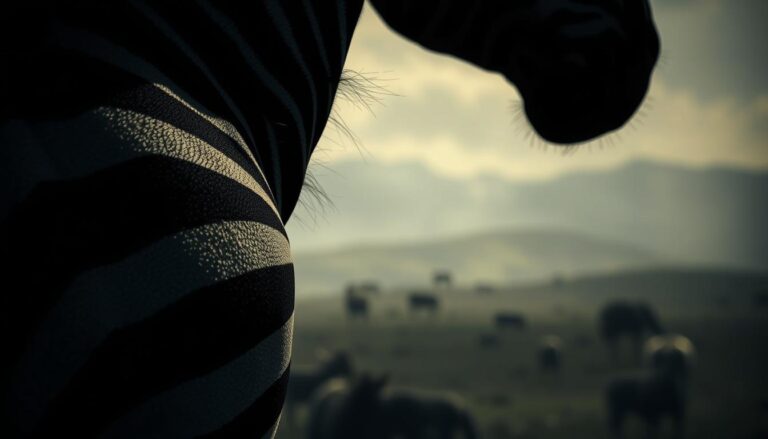
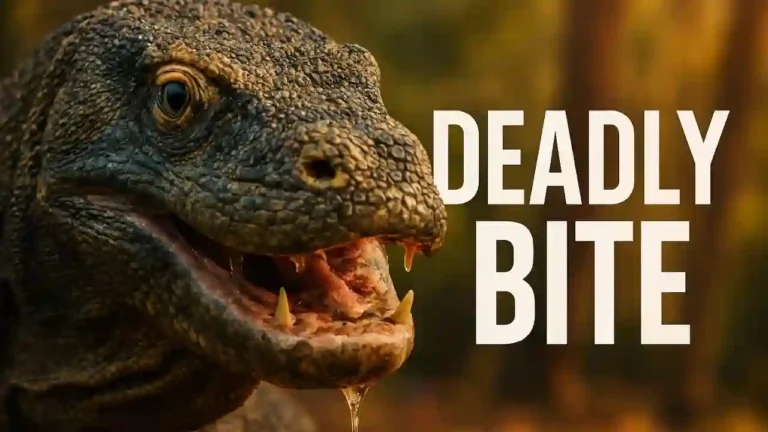
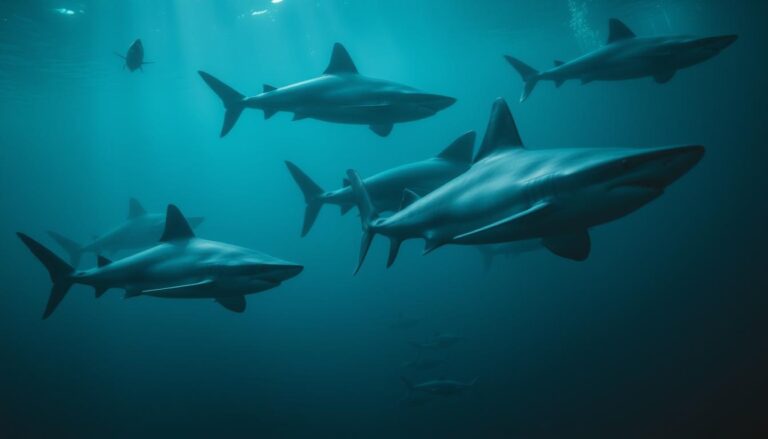




[…] The Ultimate Guide to Aardvarks: Everything You Need to Know! […]
[…] The Ultimate Guide to Aardvarks: Everything You Need to Know! […]
[…] The Ultimate Guide to Aardvarks: Everything You Need to Know! […]